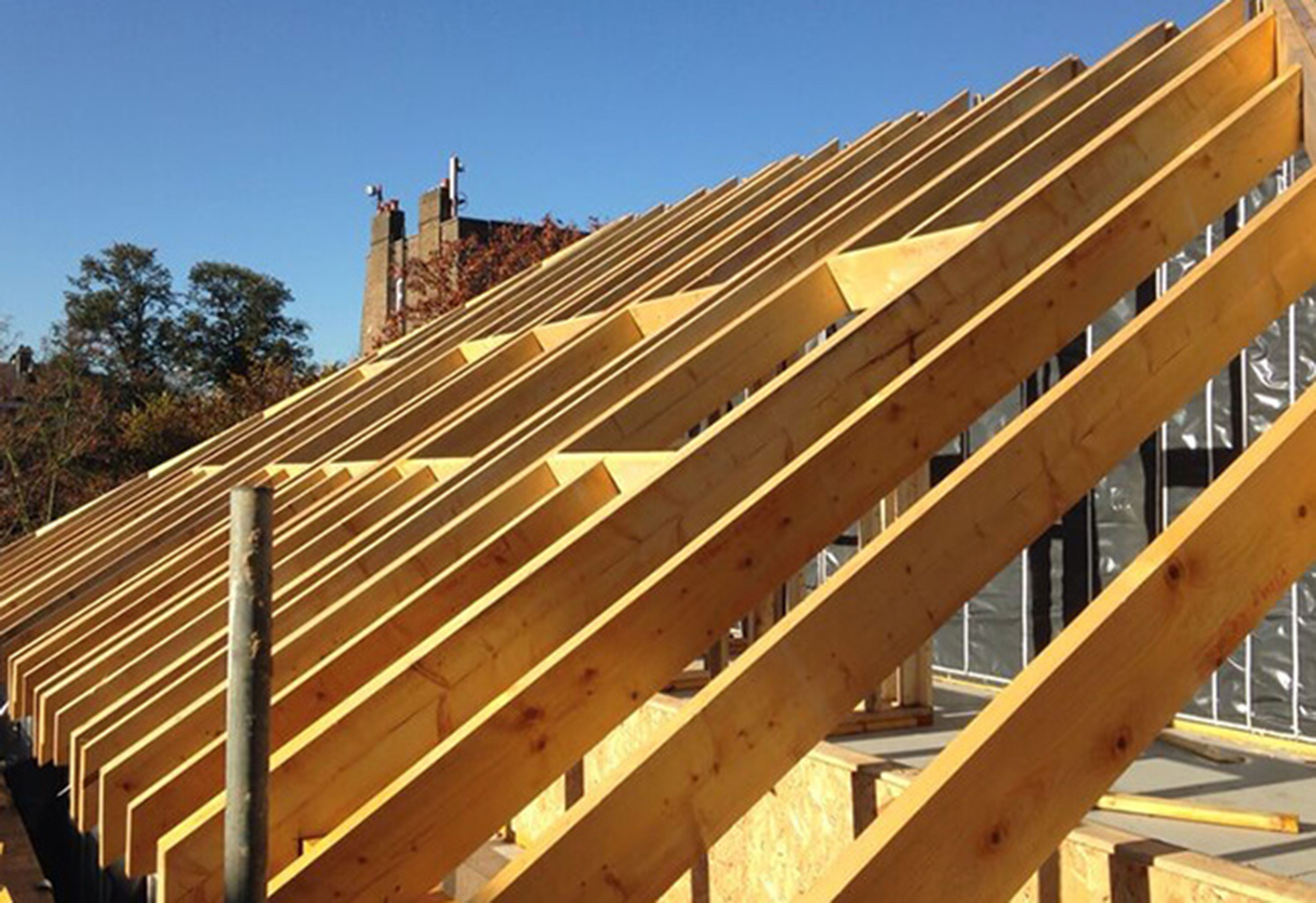

World Building Automation and Control Systems (BACS) 2022 Negative impacts of political instability on projectsĮxpected by 64% of the respondents in nationwide survey. Sustainability or sentimentality in the refurbishment sector. The effects, of low and high rainfall on soil and buidlings. Soil moisture content, construction and landscaping Related articles on Designing Buildings Wiki Barge rafter: On a gable end this is the outermost rafter and is sometimes used to form a roof overhang.Jack rafter: A rafter that is shortened by landing on a hip rafter or being interrupted by a dormer window.Valley rafter: The main rafter that is found at the lowest point of a valley roof.King rafter: On the side of a hip roof, a king rafter is the longest and is in line with the ridge.Hip rafter: Smaller rafters used for the corners of a hip roof.Curb rafter: The upper rafters in a gambrel or Mansard roof.Compass rafter: Curved or bowed at the top or at both the top and bottom surfaces.Auxiliary rafter: Less common but can be used to support and reinforce a principal rafter.Common rafter: Smaller rafters located in between the principals at both ends.Principal rafter: Usually the largest type of rafter located at the ends of a roof structure.This is capable of spans up to 12 m and can be designed to accommodate many different pitch angles.įor more information see: Trussed rafters This consists of a rafter incorporating tension and compression members in the shape of a W. In modern house construction, the most common form of rafter is known as the fink or 'w' trussed rafter. By installing a purlin into the roof structure, rafters no longer needed to be as thick and heavy, allowing larger potential spans. These run perpendicular to rafters, providing additional stiffness.


In order to increase potential roof spans without compromising wall stability, increasing rafter sizes or attracting extra costs, purlins were introduced. The rafters sit on a wall plate which is an efficient means of spreading the load exerted by the roof structure down through the walls without creating pressure points where each rafter meets the wall.Ī closed couple roof adds ceiling joists running horizontally between the rafter feet, to support a ceiling and to make the structure much more rigid. The couple roof comprises two rafters leaning against each other, tied where they meet at the top. Rafters can be used as a key component of various types of roof design. The may have battens laid on top of and perpendicular to them, to fix the roof covering to. Rafters are typically made of timber or steel and can be concealed within the roof structure, or can be left exposed to the spaces below. Rafters are generally laid in series, side by side, providing a base to support roof decks, roof coverings and so on. Typically, it runs from the ridge or hip of the roof to the wall plate of the external wall. A rafter is a structural component that is used as part of a roof construction.


 0 kommentar(er)
0 kommentar(er)
